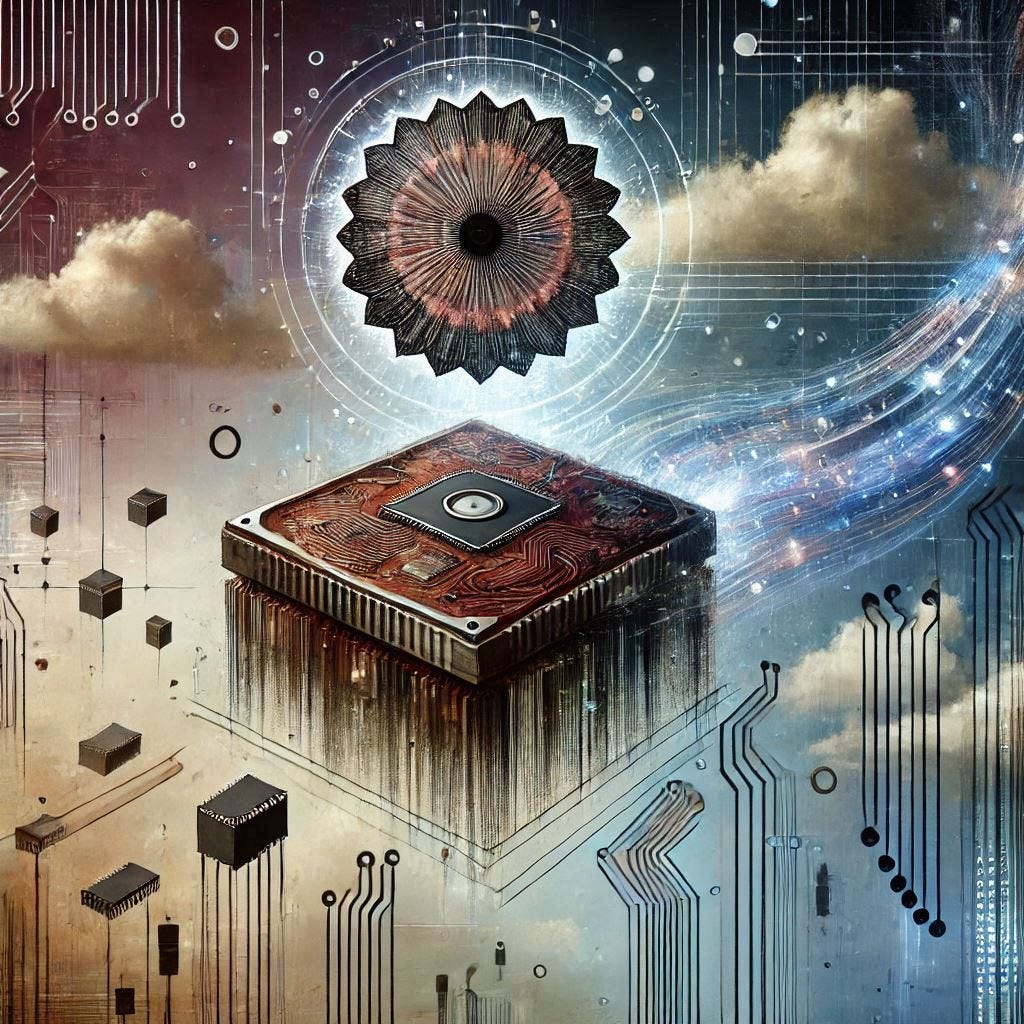The boundaries between authentic experiences and curated online narratives blur as technology alters how we create, store, and share memories. It also raises essential questions about the essence of memory and its influence on our digital identities.
What is digital memory?
Digital memory extends beyond traditional record-keeping. Unlike physical photo albums or journals, digital memories are dynamic and constantly reshaped by technological interactions. Aleida Assmann's work on cultural memory1 helps frame this shift, emphasizing that cultural memory is not just about storing information, but about creating meaning through various media and institutional frameworks. Assmann argues that cultural memory plays a crucial role in shaping collective identity and connecting past, present, and future.
Key characteristics of digital memory include:
• Editability and shareability across platforms
• Accessibility from various devices
• Algorithmic curation influencing our recollective experiences
The authenticity challenge
Digital technologies create a complex landscape for memory authenticity. While platforms like social media provide unprecedented access to diverse perspectives, they also introduce risks of manipulation and distortion.
An example would be going to a typical concert. Attendees viewing the entire show through phone screens raise questions about authentic experience versus curated digital memory. Instead of experiencing the concert in the moment amongst others, the experience is mediated through a phone. This scenario illustrates Sherry Turkle's warning that increased reliance on technology might lead us to "expect more from technology and less from each other."2
Eli Pariser's concept of "filter bubbles"3 further complicates the issue. Algorithmic recommendations can narrow our experiential landscape, subtly shaping memories by presenting curated, personalized content that reinforces existing perspectives.
These challenges highlight the complex nature of authenticity in digital environments, where the lines between genuine experiences, curated memories, and algorithmically shaped perceptions become increasingly blurred. In this context, what constitutes an authentic memory or experience becomes even more important.
Navigating the Digital Memories
Digital memories typically stored on social media platforms offer opportunities for connection and sharing but also present challenges to memory authenticity.
To navigate this complex landscape effectively, users should adopt several strategies:
1. Understand Platform Algorithms: Recognizing how social media curates content can help users become aware of biases in their feeds. This awareness encourages more intentional engagement with diverse perspectives rather than being confined to echo chambers.
2. Practice Mindful Sharing: Documenting experiences for social media can detract from genuine engagement with those moments. Studies show that individuals focused on capturing events often have less precise memories of those experiences. Prioritizing personal reflection over documentation can enhance memory retention.
3. Seek Diverse Content: Actively pursuing varied viewpoints can combat the narrowing effects of filter bubbles. Engaging with a broader range of information creates a richer tapestry of memories and experiences.
The future of memory and authenticity
Technological advancements, particularly in virtual and augmented reality, are set to transform how memory is perceived and experienced. These advancements prompt critical questions about the essence of experience and authenticity in digital contexts.
As these developments unfold, it becomes essential to scrutinize their impact on our understanding of memory. This proactive approach not only fosters a deeper connection with personal moments but also ensures a balance between embracing technology and preserving genuine experiences.
My Personal Reflections
Assmann, A. (2011). Cultural memory and Western civilization: Functions, media, archives. Cambridge University Press.
Turkle, S. (2011). Alone together: Why we expect more from technology and less from each other. Basic Books.
Pariser, E. (2011). The filter bubble: What the internet is hiding from you. Penguin Press.


